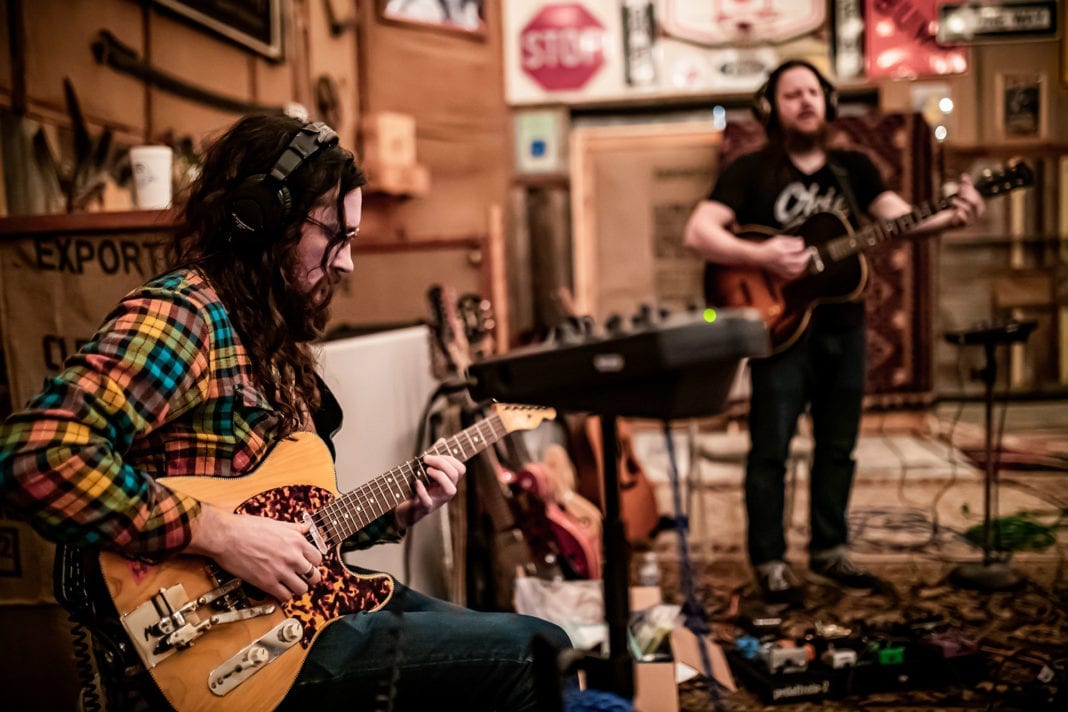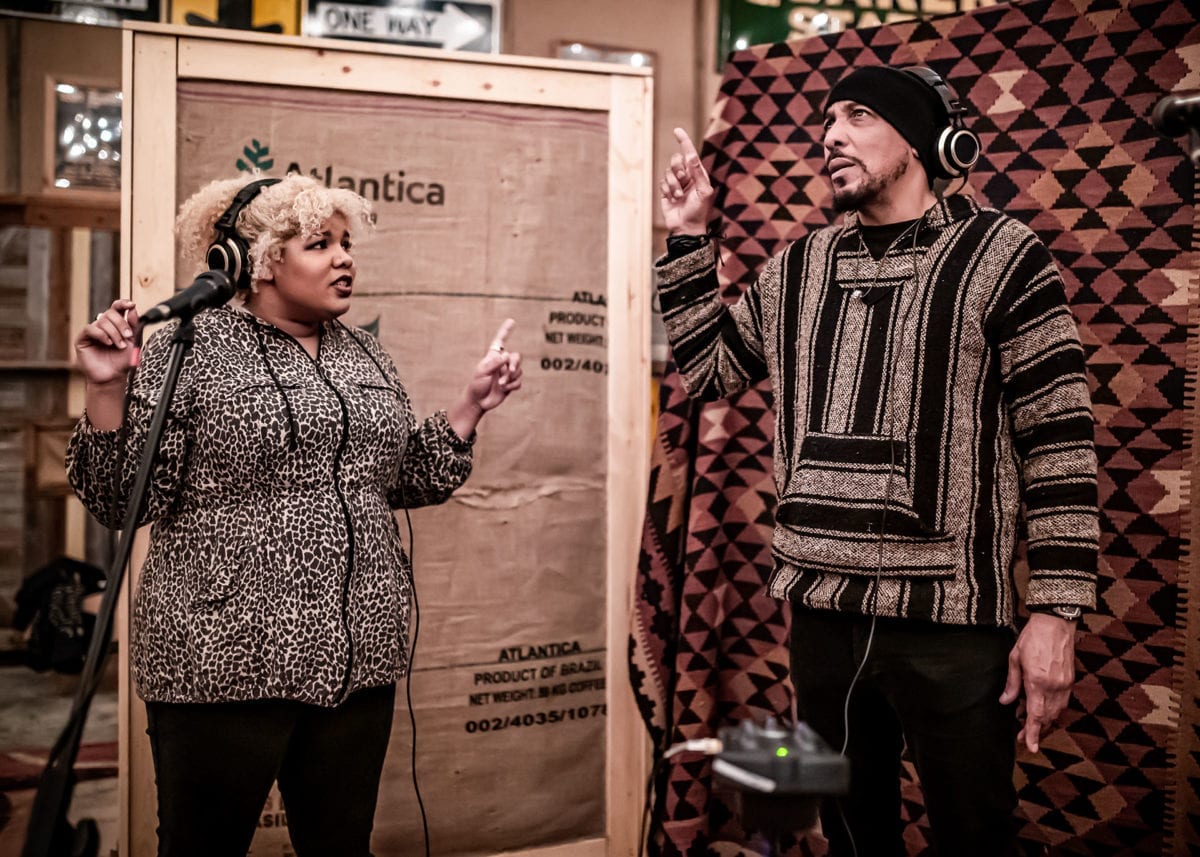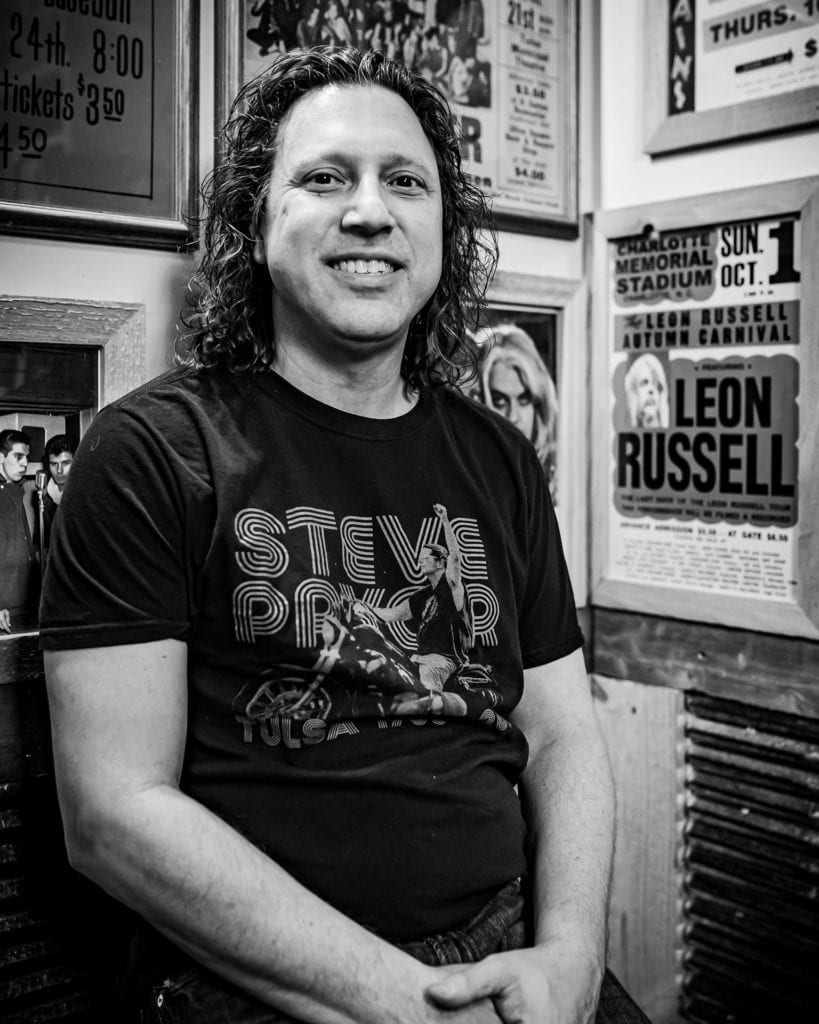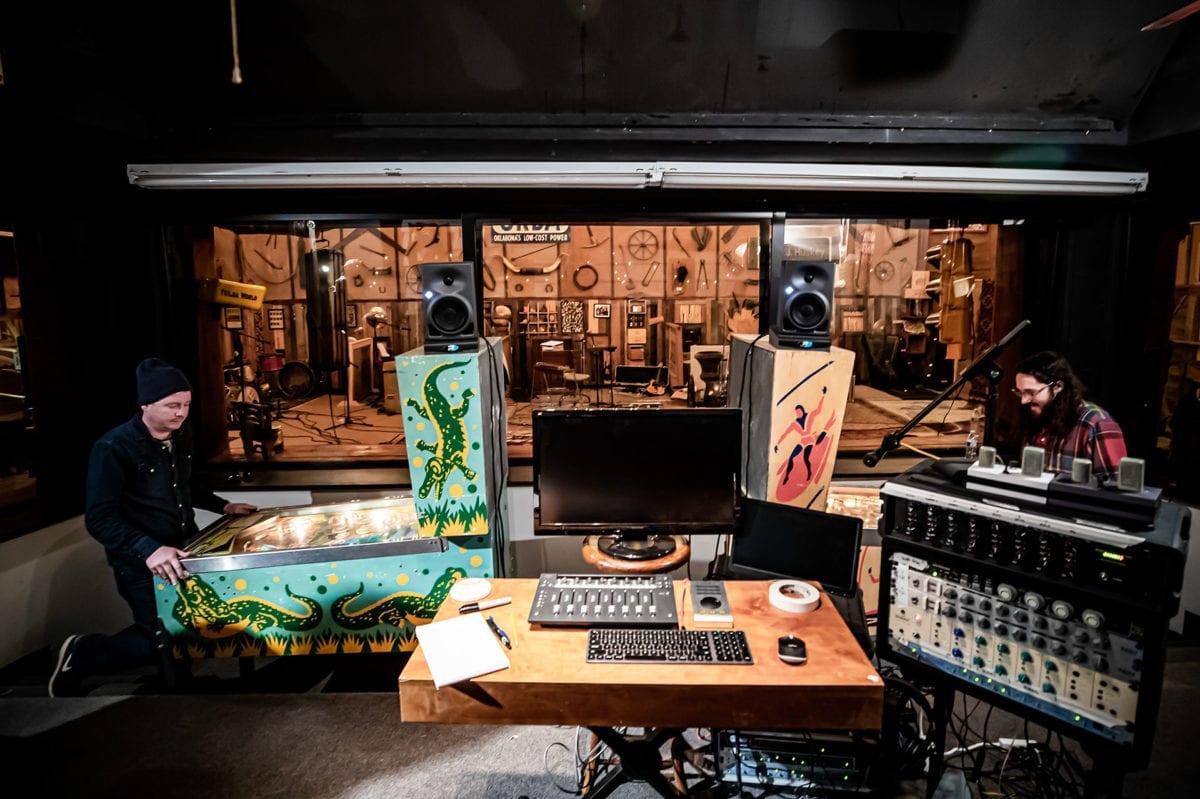The trouble with studying something that’s still alive is that it can keep eluding you.
This applies to my own particular quest to pin down that musical amalgam known as the Tulsa Sound. I’ve been at it now for nearly 40 years, beginning early in my entertainment writer days at the Tulsa World, and as I’ve tried to analyze and weigh and study it, it’s regularly wriggled off my microscope slides. By the time I can get it wrangled back under the lens, it’s usually taken on a brand-new aspect or two – making things just different enough for me to start second-guessing myself.
Although there’s something to be said for tracking the Tulsa Sound all the way back to Bob Wills and the new style of dance music he developed in the 1930s, I’d date it to the late ‘50s, with the town’s first generation of rock ‘n’ rollers, many of whom would soon head for the West Coast and become players in that pop-music Mecca. A lot of those guys, led by famed rock ‘n’ roll ringmaster Leon Russell, returned home in the ‘70s, the period that produced what many see as the classic Tulsa Sound, which didn’t sound quite like it had before the boys left for L.A. a decade earlier.
Then there’s the current version, much of it created by musicians who had yet to be born when the likes of Russell, JJ Cale, the GAP Band, Jimmy Markham, Don White, and Rockin’ Jimmy Byfield were holding court in clubs and recording studios all over town.
It’s not like the Tulsa Sound slowed, much less stopped, between the 1970s and 2020. In between came such talents as Steve Ripley, Dwight Twilley, Steve Pryor, and the Red Dirt acts, the latter originating in Stillwater but always seeming more attuned to T-Town than Oklahoma City.
“The Tulsa Sound came, and still comes, out of a deep sense of sharing and camaraderie.
Rather than a genre, it’s a feeling.”
So, to torture another metaphor, writing about the Tulsa Sound is like trying to hit a target that’s not only constantly moving, but also forever morphing and mutating. After all this time, just about all I can say with any degree of certainty is that the Tulsa Sound came, and still comes, out of a deep sense of sharing and camaraderie, of musicians playing in each other’s groups, complementing each other’s styles, hanging out with one another, listening and talking, learning and loving. Rather than a genre, it’s a feeling.
That’s what I’ve come up with, anyway, and I’m happy to say that particular feeling positively radiates from a brand-new disc on the Tulsa-based Horton Records label. Called Back to Paradise: A Tulsa Tribute to Okie Music, it features 17 tracks from contemporary Tulsa acts that pay direct tribute to those who’ve gone before.
And like the acts they’re honoring, this group of 20 players created their music in a collaborative way, sharing ideas, licks and a studio – Paradise on Grand Lake – whose very name conjures up images of the classic Tulsa Sound.
There are plenty of other things that link these musicians and this disc with their forebears, including a deep connection to the Tulsa club scene, where different players found – and find – plenty of opportunity to work with others.
“A big part of what made this happen is Paul Benjaman’s Sunday night thing at the Colony,” says Horton Records president Brian Horton, referring to that club’s resident artist. “He’s been doing it for nine years running, and he has a special guest every week. Sometimes he’ll have a different drummer, a different rhythm section. He had his core band, the Paul Benjaman Band, when it started, and then things happened and Paul said, ‘I really need to build up that Rolodex.’
“What he was saying was that he was building bench strength for him, for the Paul Benjaman Band. But a side benefit was that suddenly more people were mixing and matching and playing together.”
There was also the annual Rock ‘N Folk ‘N Chili Cook-Off, a fundraiser for the non-profit Horton label held each November at the Cain’s Ballroom, which always throws the spotlight on a passel of current Tulsa musicians. Many of them, in turn, devoted at least part of their Cook-Off sets to songs from those who’d cut a path for them years earlier.
“The songs they did at the Chili Cook-Off last year became the core set to take to the lake, because we’d rehearsed ‘em, and we were recording in February,” recalls Horton. “So it ended up being stuff like Dwight Twilley’s ‘I’m on Fire,’ and [Steve] Pryor’s ‘Misery Kickin’ In,’ which they always do. And if it was a JJ Cale song, you know it’s like, ‘Hey, we’ll just figure it out when we get there,’” he adds with a laugh.
Indeed, it’s Cale’s deep-groove, big-pocket, deceptively simple behind-the-beat style that many think of when mention is made of the Tulsa Sound. That’s the approach that permeates Back to Paradise, although Horton says channeling Cale wasn’t particularly intentional.
“No, it really wasn’t,” says Horton. “That’s just what they sound like. It’s that groove thing. It allows the songs to breathe and get some air, some space. The Cale influence is really about the groove of the songs.”
Rick Huskey, the current owner of Paradise Studio, certainly understood. A musician as well as a Tulsa Sound devotee and historian, he’s been working on preserving and restoring the old Leon Russell space for some three decades. At first, Horton notes, the idea was to do the project in another of Russell’s former studios, the Church in Tulsa, but it was being remodeled. So Horton and producer-engineer Jason Weinheimer took a trip to Paradise.
“We looked at it and thought, ‘This is really cool. I think we could make this work,’” Horton remembers. “We put a plan together, and Jason went back and brought all the gear up from [his recording studio in] Little Rock, because there was no gear in there. He had another engineer with him, and the first day we spent pulling cables and getting stuff set up so we could work out of it. But the room was there, the vibe was there, and the space was cool.”
A total of 20 Tulsa artists ended up participating in the four-day recording session, including the Grammy-nominated John Fullbright, a native Oklahoman now living in Tulsa. He’s responsible for one of the standout songs on the disc, a knowing version of Leon Russell’s indictment of hippie hangers-on called “If the Shoe Fits.” Fullbright also took a sideman’s role on other tracks.
“It was important for the project to have a higher-profile artist like John, to get people’s attention,” says Horton. “But he inspires others as well. When that guy plays, it seems like every head in the room turns toward him. He’s got something intangible.
“It’s a trademark of Tulsa musicians, I think, to be able to walk onto any stage with any band, and perform, and not miss a beat,” he adds. “That’s what blows people’s minds from the outside, when they come to Tulsa. Everybody jumps in, they do things on the fly, and they just go. Like Fullbright, they’re very adaptable to the situation.”
In addition to Fullbright, vocalists include Jessie Aycock, Dustin Pittsley, Jacob Tovar (with a fine version of honky-tonk artist Cliff Beasley’s trucker tune, “Gotta Get Back to Tulsa”), Branjae, Charlie Redd, Briana White, and Sarah Frick, who makes a gender switch work with Twilley’s “I’m on Fire.” The list of other featured musicians also includes well-known names like Paddy Ryan, Aaron Boehler, Brandon Holder, Chris Combs, Seth Lee Jones, Jake Lynn, Bo Halford, Matt Teegarden, Corey Mauser, Andy McCormick and Austin Stunkard.
Back to Paradise is available from the Horton Records Bandcamp site at hortonrecords.bandcamp.com.































